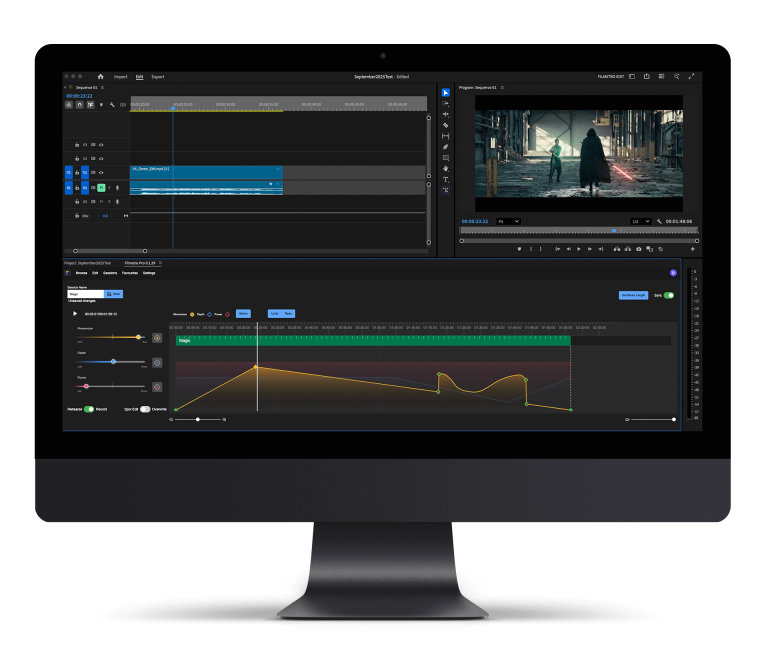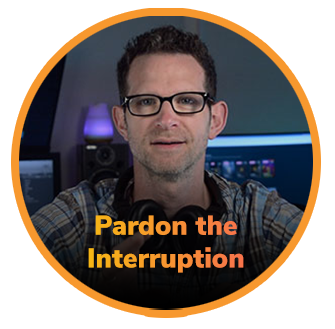How To Write Better Movie Dialogues? –
Have you written a great script, but you think it could be better? Chances are, you might need to rework your dialogue to take your writing to the next level.
Movie dialogues are considered the music of movies. When you think of an iconic film, its movie dialogue is one of the first things that comes to mind. A better movie dialogue will make your film shine and create a great moviegoing experience for audiences.
If you want to elevate your script, our article will tell you how to write better movie dialogues, and you will also learn some helpful screenwriting tips for writing dialogues.
Let’s begin!
3 types of dialogues
Before we tackle the question “How to write movie dialogues?” Let’s look at three ways you can use dialogues in a film.
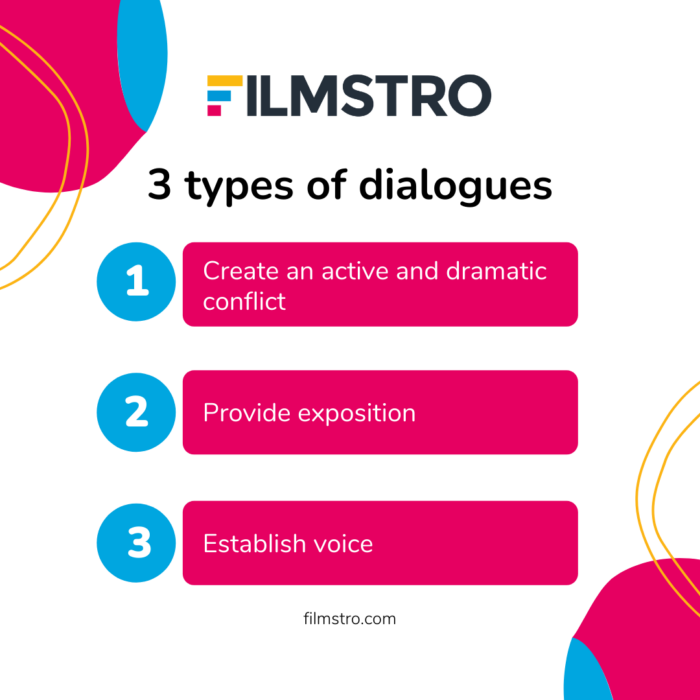
Create an active and dramatic conflict
One of the essential aspects of good dialogue is its ability to move your story forward. Spoken words are a fantastic way of displaying conflict in your script. Good dialogue will also make your action dynamic and create paced feeling in the film.
Provide exposition
Exposition refers to any type of contextual information. If you are a budding screenwriter, you must know how difficult it is to include exposition into your dialogue seamlessly. If done wrong, it can ruin a wonderful script.
Establish voice
Good dialogue should establish your character’s voice and give their personality layers. Think about the way we talk and speak to other people. It might seem ordinary, but our way of talking is part of our personality. A similar approach should be applied in dialogue.
An expressive dialogue will magnify your character’s personality and give them depth.
7 screenwriting tips for writing dialogues
Here are 7 screenwriting tips for writing dynamic and expressive dialogue to take your script to the next level.
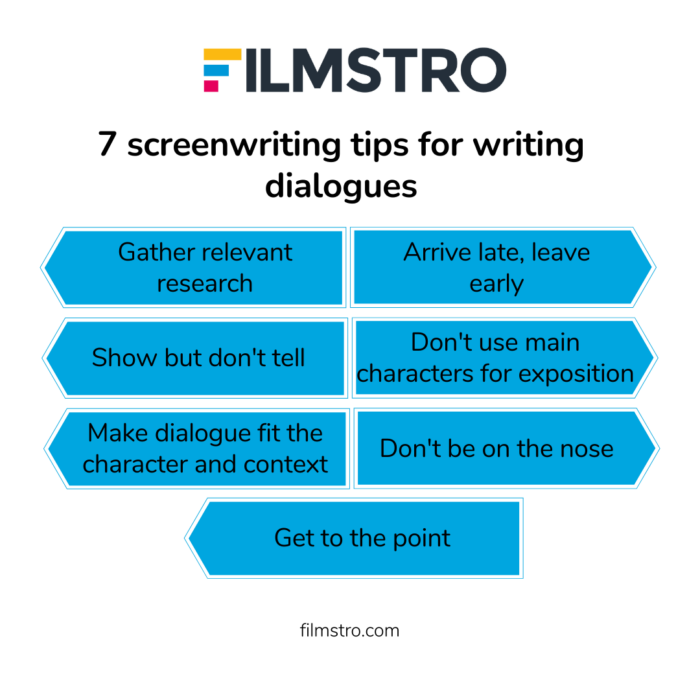
1. Gather relevant research
The first step to writing great dialogue is gathering relevant research. In your time as a writer, you must have heard the phrase “write what you know.” This phrase is helpful advice many screenwriters should adopt in their writing.
To “write what you know,” you can add your experiences to your characters and the plot, but what if you want to write about something you haven’t experienced. That’s where research comes in. Extensive and relevant research will make your dialogue realistic and grounded.
For example, if you want to write a film based on a medical professional. Here are some steps you can take to build your research:
- Talking to doctors and other medical professionals is the specific industry you focus on.
- Watch movies or TV shows set in hospitals or about medical professionals.
- Read biographies about healthcare professionals.
Most audiences love learning information from films. You need extensive research to meet this need while entertaining your audience. These are just a few ways you can conduct your research. Scripts lacking in research will make it difficult for audiences to suspend disbelief.
Do you want to write about detectives? Lawyers? Painters? Do your research before writing your script, especially before you write dialogue.
2. Arrive late, leave early
Creating your dialogue using the arrive late, leave early method might seem easy, but it is incredibly complex even for the most seasoned screenwriters. While it’s important to gather research before writing your dialogue, you don’t need to add every piece of information to it.
The phrase “arrive late, leave early” directly affects the pacing of your script. Most audiences don’t want to sit through exceptionally long ad boring dialogues. Screenwriters use this trick to eliminate excess dialogue and only keep the good actionable parts.
While your dialogue must make sense, you need to make sure it is interesting. Your screenplay’s pace should pull the audience into the next plot point before they get bored of the first one.
3. Show but don’t tell
Action lines reign supreme in cinema and television. Writing dialogue is a good way of moving your story forward, but it’s important to realize that sometimes it’s not needed. If you are writing an action film, you might want to go easy on the dialogue.
Let’s look at George Miller’s Mad Max: Fury Road (2015). There is little dialogue in the War Rig scene as the focus is on the action. We see every part of the action, and the exchange is only there to enhance the sequence.
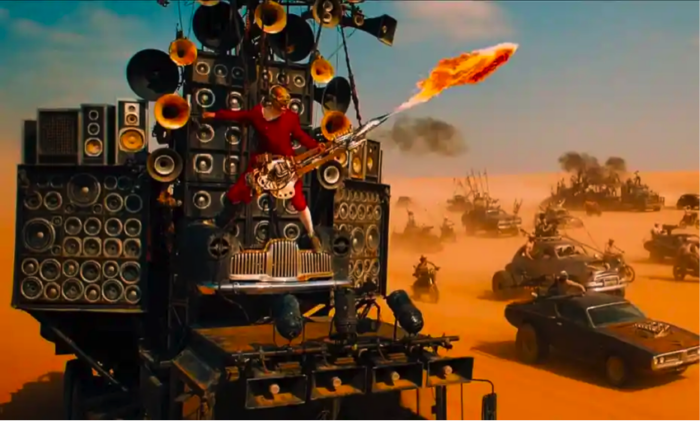
If Miller had included heavy dialogue during this scene, it would’ve ruined the film’s action and pacing. If you are writing a stunt sequence, write minimal dialogue or dialogue that matches seamlessly with the action.
4. Don’t use main characters for exposition.
One of the best ways to write great dialogues is using outsider characters. Utilizing an outsider to relay information makes your dialogue seem legitimate, as if the information is common knowledge. Let’s look at a scenario where you can use outsiders for exposition.
In this scene, your character wants to tell the audience they aren’t a romantic person.
Instead of your character saying, “I am not a romantic.”
Another character can say, “I know you want to plan a grand gesture, but Sarah isn’t a lovey-dovey type.”
In this scenario, you tell the audience that Sarah isn’t a romantic person without making it too on the nose.
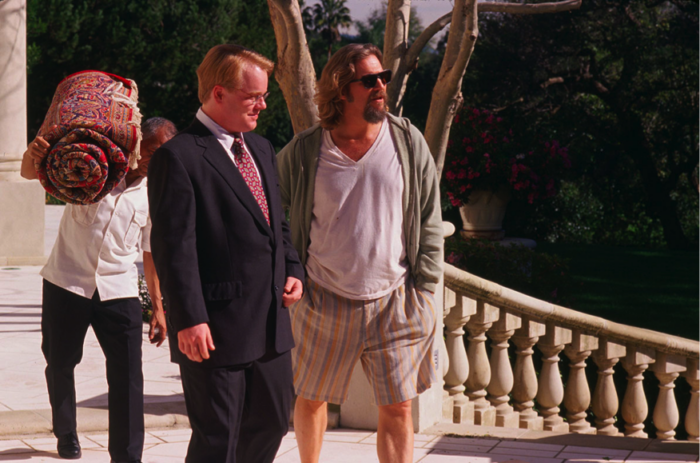
Another good example of exposition in dialogue is the Nancy Reagen scene from The Big Lebowski (1998). In this scene, The Dude sees a picture of Lebowski on the wall, and through Brandt, we learn that Lebowski is disabled. This is a great way of the dialogue giving the audience information without making it obvious.
5. Make the dialogue fit the character and the context.
Some of the best dialogues don’t make sense to people who haven’t watched the movie. This type of dialogue is still good because it fits the character and the context.
When writing your dialogue, make sure it fits the character’s personality. Writing dialogue just for the sake of the action or plot won’t make any sense to the audience.
A great example of contextualizing your dialogue according to your character comes from Joss Whedon’s The Avengers: Age of Ultron (2015).
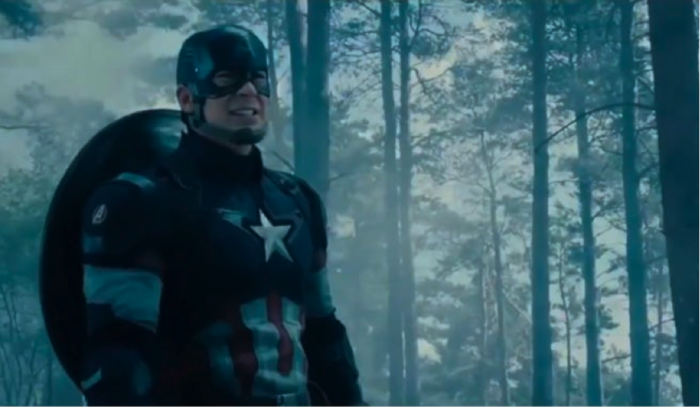
In the opening scene, the Avengers are fighting, and there is tons of action. In the middle of this action, Captain America utters the line “language!” This line is one of the most iconic dialogues from MCU, and it is referenced by my other MCU films and audiences alike.
Without context, this seems like a weird and a very random line on its own, but with context, this simple line takes a deeper meaning. Another great quality about this line is that Captain America speaks it.
Captain America has a serious personality, and therefore having him say this line makes the most sense. In a nutshell, this piece of dialogue fits the character and fits the character’s personality.
6. Don’t be on the nose.
Make sure your dialogue is not on the nose. This phrase means that your dialogue should write between the lines. Your character doesn’t have to lie; they should just avoid the truth to display this writing technique
You should use this writing method when your character is in a compromising position. Movie dialogues that write between the lines make for a great scene. Think about the show Breaking Bad. Think about how often you see Walter White saying the opposite of what he is doing? How many times does he lie to Jesse or Skylar throughout the show?
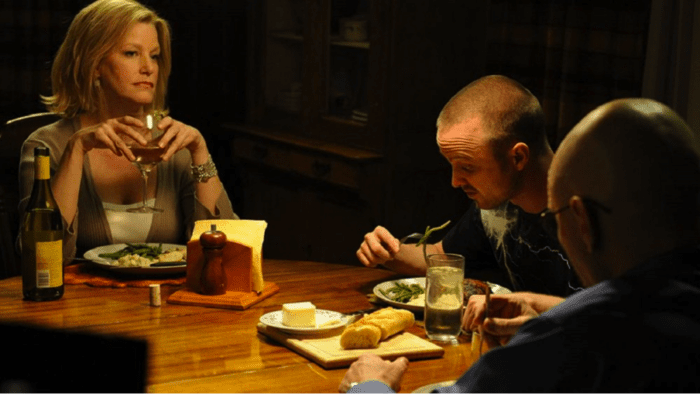
When the audience is in on confidential information the other characters don’t know about, it creates interest and anticipation. With this technique, your dialogue has layers and doesn’t come across as one-dimensional.
If you are writing dialogue for television, you can benefit from writing between the lines because you’re writing multiple scripts instead of one 100-page film script.
7. Get to the point
Remember, be concise!
We discussed a similar aspect earlier in the “Arrive late, leave early” point; however, that point mainly concerned when to start and end your dialogue exchange. Concision, look at the substance of your dialogue and every word you choose to include in it.
It gets to the point when your dialogue is concise without going around in circles. Concision helps you stand out from the competition when it comes to communication.
This example shows us that the fewer words we communicate, the better. For example, if you have two different sets of instructions on baking a chocolate cake, but one is 2,000 words, and the other is 1,000 words, which one do you think readers will prefer? People who follow the 1,000 words’ instructions will bake their cake fasters than readers who follow the other instructions.
Since you know that dialogue is not the only way to convey your story, you should make the content of your dialogue concise. Your dialogue should mimic a game of tennis between characters. There should be little to no excess that ruins the pacing of your writing.
Examples of movie dialogues
Here are some examples of iconic film dialogues to inspire your screenwriting process.
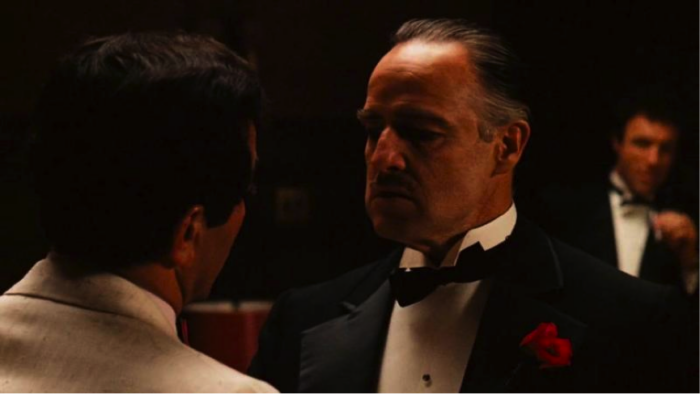
- “I’m gonna make him an offer he can’t refuse.” – The Godfather (1972)
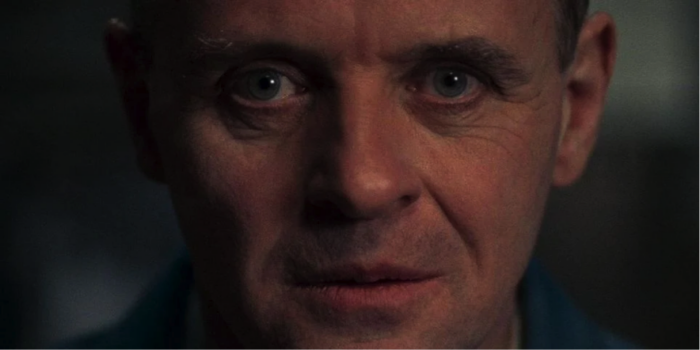
- “A census taker once tried to test me. I ate his liver with some fava beans and a nice Chianti.” – Silence of the Lambs (1991)

- “Jessica, only child, Illinois, Chicago.” Parasite (2019)
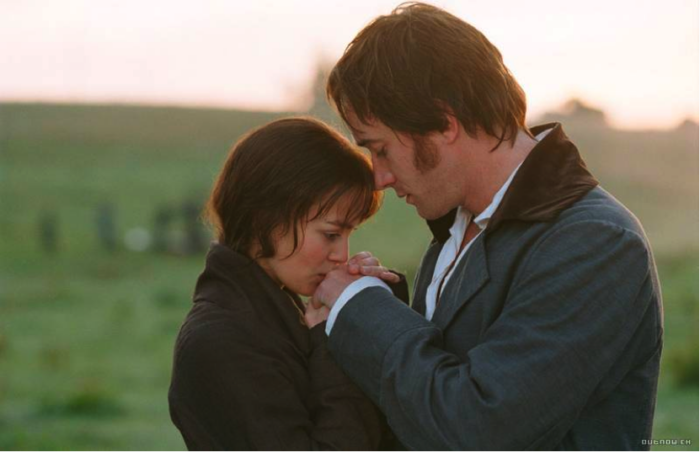
- “You have bewitched me, body and soul.” Pride and Prejudice (2005)
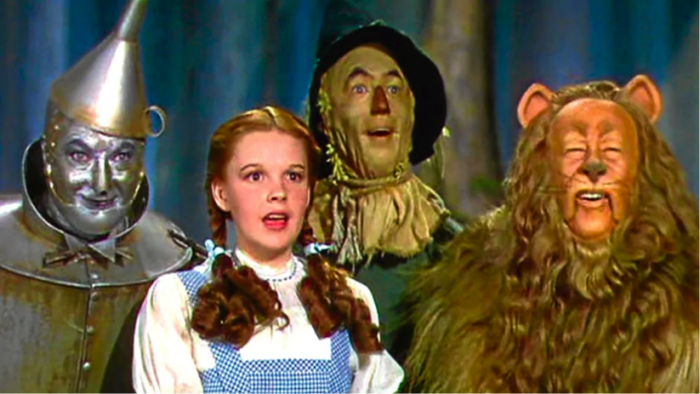
- “Toto, I have a feeling we’re not in Kansas anymore.” The Wizard of Oz (1939)
Final Takeaway
A good dialogue can make or break your script. Effective dialogue should provide context and also highlight your character’s personality.
Your dialogue should maintain the film’s pace and create an enjoyable movie-going experience for the audience.
We hope you enjoyed this article and don’t miss out on any of our other blogs! Sign up to Filmstro and follow us on Twitter, Facebook and subscribe to our Youtube channel.
You can also check out some of our amazing royalty-free music today by clicking here.





